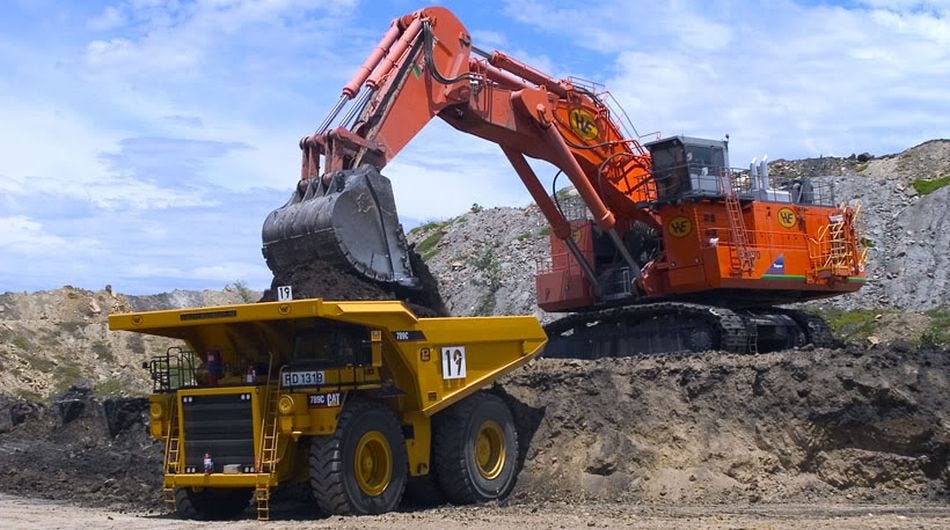Demystifying Soil Extraction: Best Practices for a Level Foundation:
Soil extraction is a fundamental process in construction that lays the groundwork for a stable and level foundation. With proper techniques and practices, soil extraction can be streamlined to create a solid base for building structures. Here’s a comprehensive overview of the best practices for effective soil extraction:
- Soil Analysis: Begin with a thorough analysis of the soil composition to determine its type, texture, and load-bearing capacity. Conduct soil tests to assess its moisture content, compaction levels, and any potential contaminants that may affect the stability of the foundation. Understanding the soil’s characteristics is crucial in developing an appropriate soil extraction strategy.
- Equipment Selection: Choose suitable excavation equipment based on the soil type and project requirements. Opt for machinery equipped with appropriate attachments, such as excavators, loaders, or trenchers, capable of efficiently removing soil while minimizing soil compaction and disturbance. Selecting the right equipment plays a vital role in ensuring precise and controlled soil extraction.
- Strategic Excavation Techniques: Implement strategic excavation techniques tailored to the specific soil conditions and excavation depth. Gradually excavate the soil in layers, ensuring uniform removal to maintain the stability of the surrounding area. Employ techniques such as trenching, benching, or sloping to prevent soil collapse and maintain the integrity of the excavation site during the soil extraction process.
- Sediment Control Measures: Incorporate effective sediment control measures to prevent soil erosion and runoff during the extraction process. Implement erosion control blankets, silt fences, or sediment basins to contain and manage soil particles, preventing them from contaminating nearby water bodies or neighboring properties. Prioritize environmental conservation and compliance with local regulations to minimize the project’s ecological footprint.
- Site Grading and Compaction: After soil extraction, focus on site grading and compaction to create a stable and level foundation. Utilize grading equipment to ensure uniform soil distribution and proper surface leveling. Implement compaction techniques to enhance soil density and stability, creating a solid base that can adequately support the weight and structure of the building.
- Post-Extraction Site Reconditioning: Conclude the soil extraction process with post-extraction site reconditioning to restore the site to its original state. Backfill the excavation site with suitable soil materials, ensuring proper compaction and grading to establish a firm and even surface. Conduct a final inspection to verify the quality and uniformity of the reconditioned site, preparing it for the subsequent construction phases.
By following these best practices for soil extraction, you can establish a strong and stable foundation that serves as the cornerstone for a successful construction project. Embrace these techniques to create a reliable and durable base that withstands the test of time and environmental pressures.





